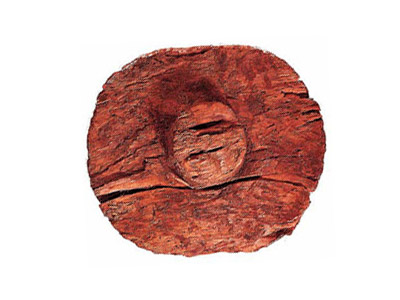01 December 2011 - The very early designs used for pottery purposes to the most advanced contraptions known to mankind, the wheel has been continuously driving our civilization like a catalyst in a chemical reaction. We thought it would be a good idea to take a stroll through the many stages of the wheel evolution and see where it's heading now.
Researchers agreed that 3500 BC is the year when the wheel was invented, which is more of a ballpark than an exact year. The place is Mesopotamia, the area now occupied by war-ravaged Iraq. The first wheel for transportation purposes is approximated to 3200 BC, its purpose being to move the Mesopotamian chariots.
To be completely historic, as noted here, the very beginning of the wheel goes back to the Paleolithic era (15,000 to 750,000 years ago).Back then, humans used logs to move large loads around. The main problem with this method of transportation was that many rollers were required, and care was required to insure that the rollers stayed true to their course. One theory as to how this obstacle was overcome suggests a platform, or sledge, was built with cross-bars fitted to the underside, thereby preventing the rollers from slipping out from under the load. Two rollers would be utilized, with two cross-bars for each roller, one fore and the other aft of the roller.
It took another 1,500 years before our ancestors thought of the next step in wheel evolution, the spoke. The need for faster transportation and the idea of using less material stemmed this technological breakthrough. The Egyptians are credited with the first implementation of a spoked wheel on their model year 2000 BC chariots. They narrowed it by carving both sides to shape, but it was the Greeks that first introduced the cross-bar, or H-type, wheel.
The first iron rims around the wheel were seen on Celtic chariots in 1000 BC. The spoked wheel remained pretty much the same until 1802, when G.F. Bauer registered a patent for the first wire tension spoke. This wire spoke consisted of a length of wire threaded through the rim of the wheel and secured at both ends to the hub. Over the next few years, this wire spoke evolved into the round tension spoke we see on bicycles today.
Another major invention that came about the same with the wire tension spoke was the pneumatic tire, which was first patented in 1845 by R.W. Thompson. His idea was further improved in 1888 by John Dunlop, a Scottish veterinarian, who also patented it. Thanks to the smooth ride, Dunlop's tire replaced the hard rubber used by all bicycles at that time.
Source: autoevolution.com


